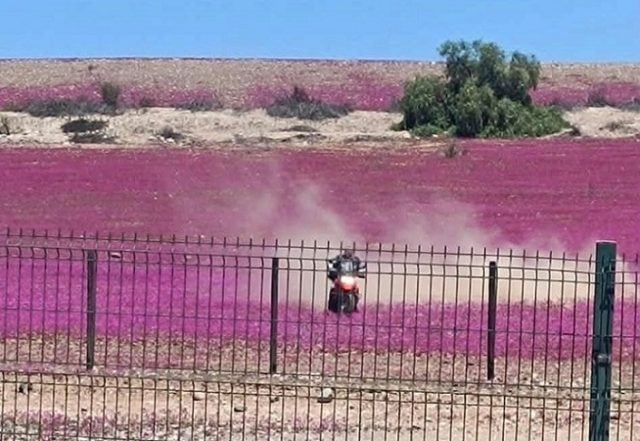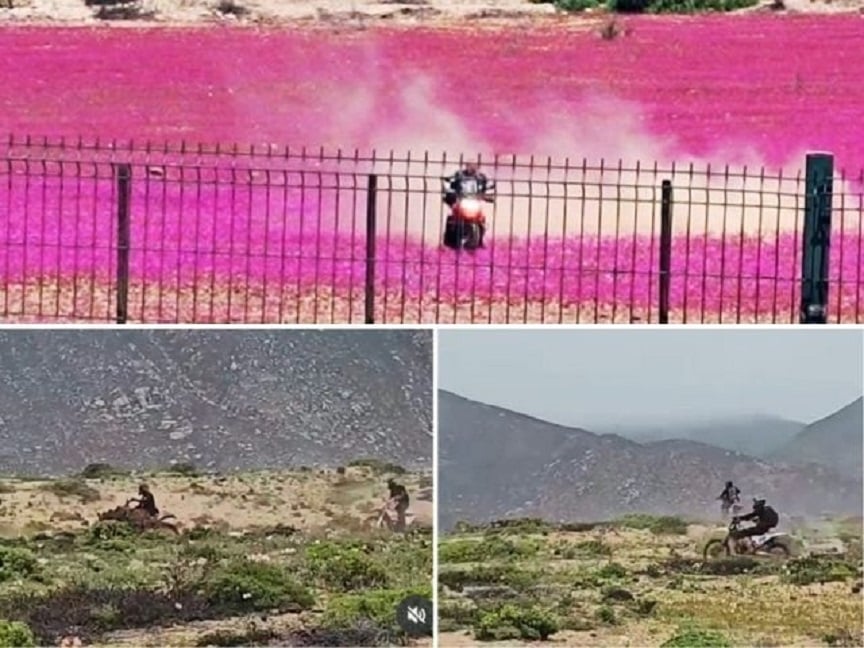Original article: Tras viralización de motos destruyendo el Desierto Florido, presentan proyecto de ley para su protección integral
Representative Santana Introduces Legislation for Comprehensive Protection of the Florido Desert
In response to shocking footage that went viral, showing motorcyclists damaging the floral bloom on the coast of Huasco province, socialist representative Juan Santana has urgently presented a legislative proposal aimed at establishing the first comprehensive legal protection for the Florido Desert ecosystem.
The viral videos reveal the stark reality and fragility of this natural phenomenon, as the passage of motorized vehicles compacts the soil and destroys dormant seeds, threatening future blooms irreversibly. In light of this regulatory void, Santana’s proposal acts as a concrete legislative response.
“What we witnessed in that video is not just a lack of education; it is an ecocide that we cannot accept. Our legislative initiative aims to provide the state with real tools to clearly prohibit such destructive actions and establish penalties for those who damage this natural heritage of all Chileans,” stated the parliamentarian.
The proposed legislation focuses on five fundamental pillars for genuine protection: explicitly prohibiting harm to native flora and soil alteration—actions directly linked to damage caused by motorcycles; officially zoning and delineating the territory; implementing a permanent ecological monitoring program; creating management plans for sustainable tourism that define pathways and restrictions; and promoting environmental education.
The initiative stipulates that enforcement and sanctions will be governed by Law No. 21.600, which establishes the Biodiversity and Protected Areas Service, providing effective tools for competent agencies to investigate and penalize occurrences like the one reported, which until now lacked a clear and specific punitive framework.
Finally, Representative Santana acknowledged the essential work of those on the front line of conservation. “This project draws from the efforts and dedication of CONAF officials who, with limited resources, have performed invaluable work. In particular, we want to recognize the leadership and commitment of Conservation Chief César Pizarro. They also provided us with information for this project; their technical knowledge is fundamental for the effective protection of this national treasure,” concluded the representative from the Atacama region.



